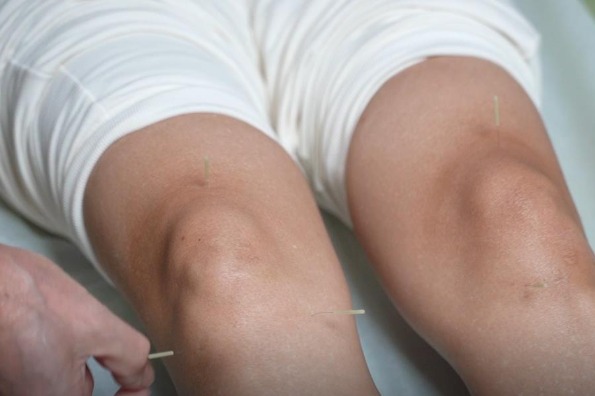Profile: An explorer of TCM modern preparations

TIANJIN, June 23 (Xinhua) -- When Zhang Chengui graduated as a Western medicine major in 1958, she could not have imagined working for a traditional Chinese medicine (TCM) factory in north China's Tianjin Municipality.
She has done it and has done it very well. FRESH TOUCH
On her first day at work, Zhang, dressed in a brightly colored suit and stylish high heels and walked into the factory. She expected her career to start in a neat laboratory filled with test tubes, but only to find shabby wooden tables and iron pots.
"At that time, the most advanced pharmaceutical equipment in the factory was used abroad to make ketchup," Zhang said.
The factory made ointments in very primitive ways. Experienced pharmacists, along with their apprentices, have to stir the materials boiled in iron pots with a wooden stick. The pharmacists would judge whether the ointment was done by its color.
This method relies entirely on the experience of the senior pharmacists, but a slight temperature deviation can lead to instability in the efficacy of the ointment. The production process is also prone to accidents, especially scalds.
As the method is honed by years of experience, it makes the learning and promotion of the pharmaceutical technique even more difficult.
Zhang decided to use her knowledge of Western pharmacy to translate the traditional method into more obvious numerical standards.
Zhang bought an electric pot that can show the temperature, carefully observing the temperature shown when the senior pharmacist turned off the fire to take medicine.
When the temperature showed 315 degrees Celsius, Zhang successfully made the ointment without looking at the color. At that time, Zhang had been working in the factory for less than a week.
"It was a tiny thing, but it was then that I realized that to keep up with modern medicine, TCM had to turn its empirical skills into quantifiable numerical standards," Zhang said. RISE TO FAME
For over eight decades, the most popular treatment for angina was nitroglycerin, but it also had its drawbacks. On the one hand, its ingredients are single, which can form resistance to drugs. On the other hand, if improperly stored, it can easily become ineffective.
Seeing there was no quick fix for sudden heart diseases in China, and many people died or suffered chronic illness as a result, Zhang decided to find new solutions in Chinese medical classics.
Zhang soon began her experiments to extract the ingredients in TCM with the clearest pharmacological effect to relieve chest pain.
Thanks to her efforts, the Quick-Acting Heart Reliever that came out in 1982, is now a household medicine for many families. It takes effect almost the same speed of the nitroglycerin, regarded by many as a perfect illustration of TCM modern preparations.
Since then, Zhang has been involved in the formulation modification and development of many TCMs, including the development of Radix Isatidis syrup, which is widely used to help children to clear heat and alleviate sore throat, and the transformation of Huoxiang Zhengqi Shui into capsules.
Huoxiang Zhengqi Shui, a liquid herbal formula used in TCM to induce diaphoresis and clear away summer-heat, contains alcohol and tastes so bitter that many people can't accept its flavor. But capsules are easy to take and absorb, making the capsules the first choice, especially for women, children and drivers.
"For my whole life, I'm not for the fame and fortune, but for the pure love of studying TCM. As long as I'm able to work one more day, I'll do something for the people and my country," Zhang said.




